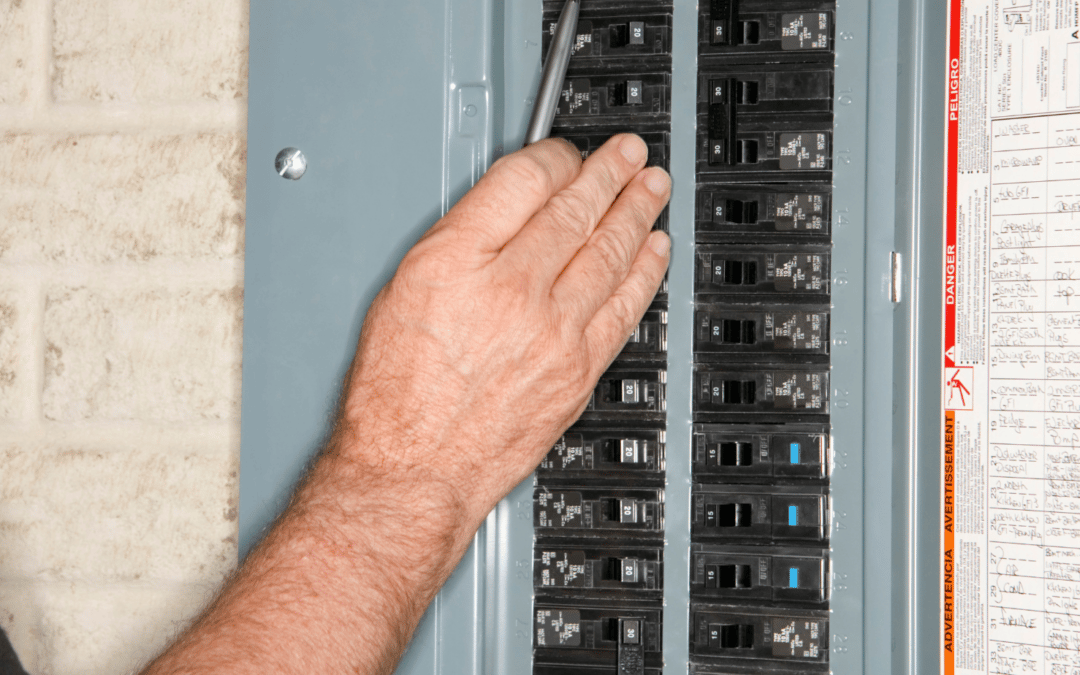Customized mechanical engineering industry support guidance for your business needs.
Customized mechanical engineering industry support guidance for your business needs.
Blog Article
Top Tips for Effective Electrical System Troubleshooting
Repairing electric systems requires a systematic approach, based in a comprehensive understanding of electrical principles and safety procedures. The nuances of reliable fixing expand beyond mere technological expertise; comprehending how to document searchings for and focus on safety and security can substantially influence end results.
Understand the Basics
Comprehending the fundamentals of electrical systems is essential for reliable troubleshooting, as a solid foundation permits service technicians to detect and resolve problems a lot more effectively. A thorough understanding of electric concepts, such as voltage, existing, resistance, and power, is critical in determining the origin of troubles. Voltage is the electrical possible distinction that drives existing with a circuit, while resistance opposes the flow of present, impacting the general functionality of the system.
Familiarity with circuit components, consisting of resistors, capacitors, diodes, and changes, is likewise paramount. Each part plays an unique duty in circuit habits and can affect efficiency when malfunctioning. Additionally, comprehending collection and identical circuit arrangements is important, as these setups influence the circulation of voltage and current within the system.
In addition, knowledge of security procedures is important. Technicians need to understand potential risks, such as shock and short circuits, to execute secure troubleshooting techniques. By understanding these fundamental concepts, specialists improve their capability to carry out reliable diagnostics and repairs, eventually causing boosted performance and dependability of electric systems. This fundamental understanding is the cornerstone of successful troubleshooting ventures.
Gather Necessary Tools
Reliable troubleshooting of electric systems needs the appropriate set of tools to detect and solve issues properly. A well-equipped technician can significantly boost efficiency and effectiveness in recognizing issues. Essential devices include a multimeter, which gauges voltage, present, and resistance, permitting precise analyses of electric components. Secure meters are likewise important for gauging present without disconnecting the circuit, making sure security and ease.
Furthermore, insulated hand tools such as screwdrivers, pliers, and wire pole dancers are important for safely manipulating electric connections. It is additionally suggested to have a circuit tester available to validate the existence of voltage in outlets and cables. For even more complicated systems, a thermal imaging camera can assist spot overheating parts, indicating possible failures.

Follow a Methodical Method
Having gathered the proper tools, the next action in fixing electric systems is to comply with a systematic method. A systematic method makes sure that professionals can recognize faults effectively and properly, lessening downtime and avoiding unnecessary repairs.
Begin by reviewing the system's schematic representations and requirements. This involves checking each element methodically, starting from the power source and functioning in the direction of the load.
Utilize screening equipment, such as multimeters and oscilloscopes, to gather unbiased data regarding voltage, existing, and resistance at different points within the system. This empirical evidence will certainly assist your troubleshooting efforts and aid to validate or eliminate possible reasons for failing.
Furthermore, think about environmental aspects that may affect the system's performance, such as temperature variations or wetness ingress. A detailed assessment of wiring, connections, and parts will make sure that visit this site right here all opportunities are made up.
Document Your Searchings For
Extensive paperwork is crucial in the fixing procedure of electrical systems. This practice not only aids in comprehending the root cause of the issue however likewise offers as a referral for future repairing initiatives.

In addition, preserving a log of parts changed or repair services performed is very useful. This details supports stock administration and can help analyze the durability and dependability of particular parts.
Ultimately, the documentation procedure ought to be comprehensive yet succinct, allowing simple retrieval and testimonial - electrical system troubleshooting. By prioritizing thorough paperwork, specialists can create a beneficial understanding base that not just aids in existing troubleshooting yet likewise encourages future maintenance efforts, therefore enhancing overall system integrity
Prioritize Safety And Security Steps
Identifying the fundamental threats connected with electric systems is important for making sure security throughout troubleshooting. Electrical shock, burns, and devices damages are just a few of the potential risks that technicians deal with. Focusing on precaution is not just a legal responsibility yet also a moral imperative that safeguards both the professional and the surrounding setting.
Prior to beginning any type of troubleshooting job, specialists ought to put on suitable individual protective tools (PPE), including protected handwear covers, safety glasses, and flame-resistant clothes. Guaranteeing that the job area is completely dry and devoid of clutter can dramatically reduce the danger of mishaps. It is necessary to de-energize circuits before Our site starting any job, verifying that they are not live with the usage of a multimeter or voltage tester.
Developing clear communication methods with staff member is additionally important; this ensures that everyone understands potential dangers and the standing of the electric system being functioned on. Having an emergency response strategy her response in area can verify vital in the occasion of an event. By prioritizing precaution, specialists can successfully mitigate threats and cultivate a much safer office.
Final Thought
Reliable electrical system troubleshooting relies on a thorough understanding of basic concepts and a methodical strategy. By gathering essential devices, sticking to organized assessment techniques, and thoroughly recording findings, the fixing process comes to be extra reliable and trustworthy. Prioritizing precaution guarantees the health of individuals involved and the integrity of the electric system. Executing these approaches will improve the fixing experience, bring about quicker resolutions and improved operational effectiveness in electrical systems.
Report this page